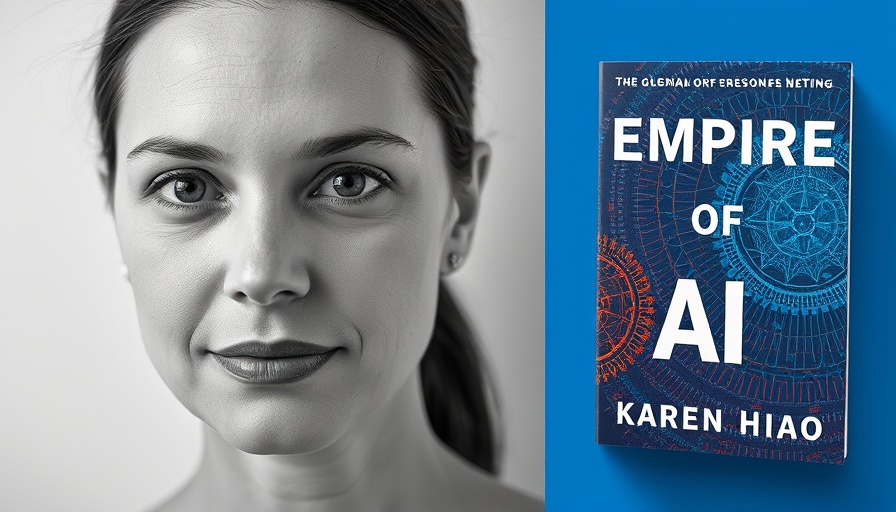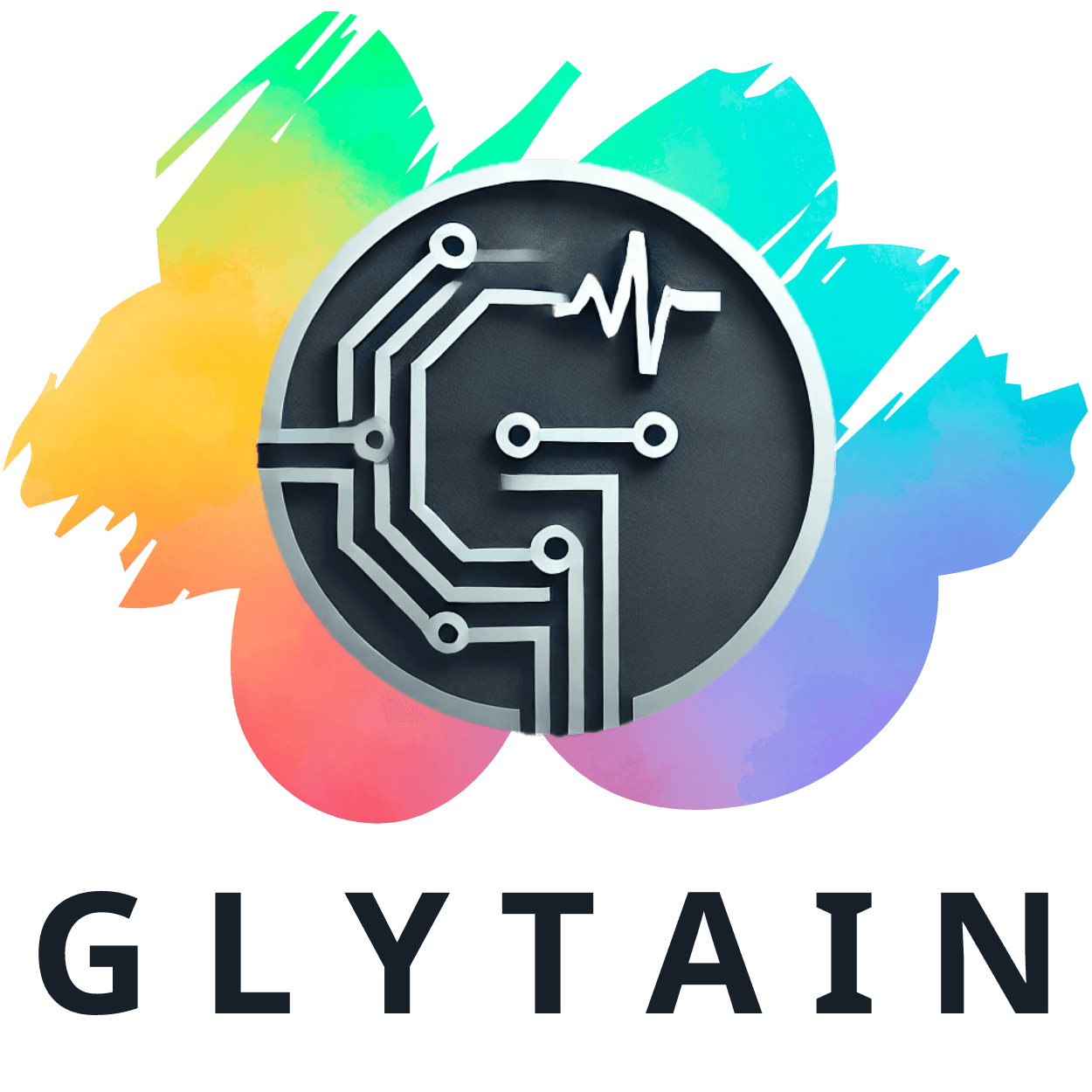
Introducing a New Era of Robotics in Denmark
In a remarkable transformation, Odense, Denmark, has become a beacon of robotic innovation. With roots tracing back to its historical significance as the site of King Canute’s death, the city has evolved into a hub for over 150 companies specializing in robotics, automation, and drone technologies. This renaissance can be attributed to the creation of the Mærsk Mc-Kinney Møller Institute (MMMI) in the 1990s, backed by the Mærsk shipping company. The institute focused on autonomous systems education, drawing in talent eager to delve into robotics.
Despite its success, Odense faces challenges common to smaller cities aiming for global recognition. Bridging the gap between local innovation and international standing is imperative for sustained growth, especially in a rapidly evolving industry. For Odense, collaboration with global partners could amplify its technological impact and draw in foreign investments.
The Future of AI-Driven Search Results
Meanwhile, significant advancements are occurring at tech giant Google, which has initiated trials for AI-only search results. This shift from traditional keyword-based search methods to AI-generated summaries raises profound implications for information access and dissemination. While such innovations promise enhanced user experiences and efficiency, they pose critical ethical and operational concerns involving systemic biases, misinformation, and user manipulation.
Experts caution that the transition may inadvertently lead to homogenized, less diverse viewpoints in search results, thereby limiting users' exposure to a range of information sources. This could erode fact-checking processes and compromise the public’s ability to discern truth from fabricated content, an understanding that is increasingly vital in our technology-driven society.
Finding Balance in Innovation and Ethics
As we witness these dual revolutions—one in robotics and the other in AI search technologies—there emerges a pressing need for ethical oversight and responsible innovation. Addressing potential biases in AI, ensuring transparency in algorithm functionalities, and establishing clear regulatory frameworks become paramount for fostering public trust. Without these measures, both industries risk facing backlash from consumers wary of how technology shapes their everyday lives.
Conclusion: Embracing Change Responsibly
As Odense continues to pave its path as a leader in robotics and as Google forges ahead in AI search capabilities, a mutual understanding of technological impact and societal implications must guide future endeavors. These developments herald exciting opportunities but also demand a conscientious approach to policy, ethics, and consumer safeguards.
 Add Row
Add Row  Add
Add 




 Add Row
Add Row  Add
Add 

Write A Comment